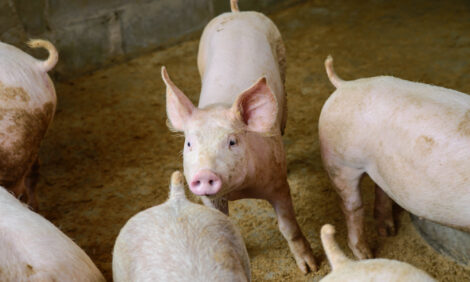



New study sheds light on the hygiene status of enrichment materials
A new paper has examined the hygienic status of organic enrichment materials used in pig production and finds that peat is unsuitable.According to a recent paper in Porcine Health Management, researchers from the Institute for Animal Hygiene, Animal Welfare and Farm Animal Behaviour in Hanover, Germany have examined various pig enrichment materials for potential bacterial contamination.
In general, enrichment materials have not been the focus of research efforts. Despite this, pork producers are increasingly relying on enrichment substrates to ameliorate abnormal behaviour in pigs and improve welfare standards. However, these materials could pose a health risk by introducing pathogens into the herd.
In this study, the researchers tested 21 different organic enrichment materials for total viable counts of mesophilic bacteria, moulds, E. coli, Salmonella, coliforms, MRSA and other pathogens. The researchers also tested the dry matter and water in the pens for contamination. The materials differed considerably in their hygienic status, with three showing no signs of bacterial contamination. The highest coliform and mould counts were found in hay. Bacterial contamination that could present risks to human health (Salmonella, MRSA, E.Coli, Klebsiella spp. and Yersinia spp.) were not detected in any of the materials. Hemp straw and peat contained the highest levels of bacterial contamination.
These results led the researchers to conclude that most of the organic materials tested would not present a hygiene risk to pigs or humans and were therefore suitable to use in production. However, the mycobacteria detected in the peat samples have eliminated it as a safe and hygienic enrichment material.
You can read the full study here.








